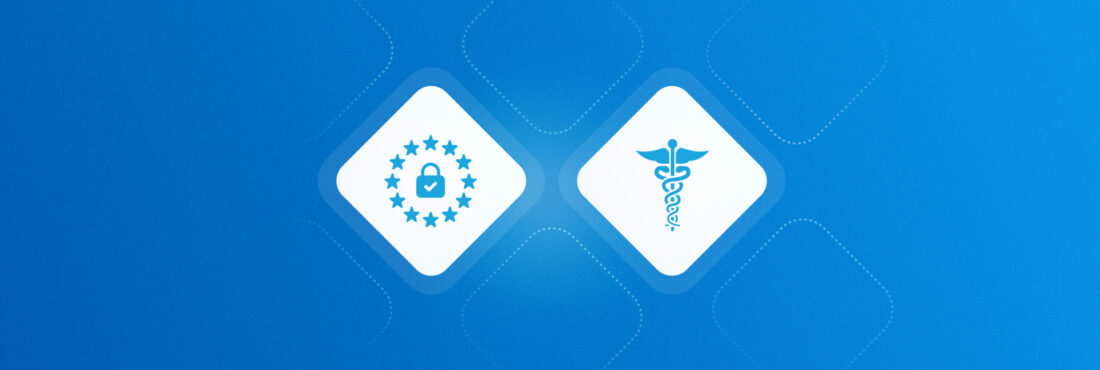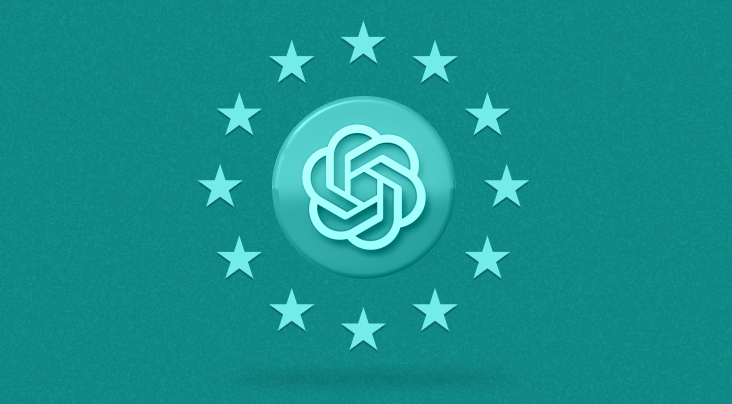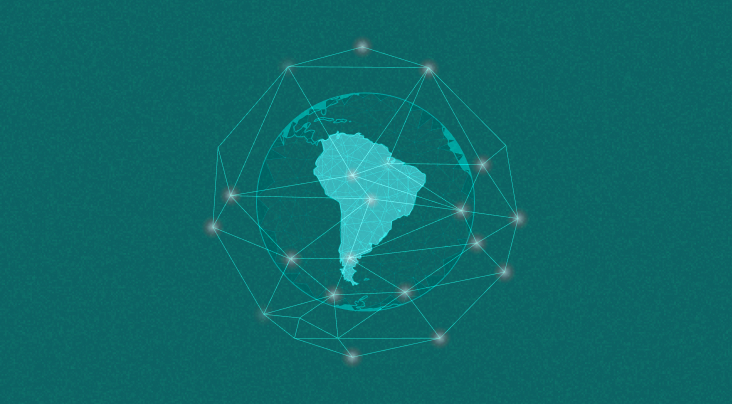The General Data Protection Regulation (GDPR) and the Health Insurance Portability and Accountability Act (HIPAA) are examples of two such regulations. Both regulations share the unilateral goals of placing obligations upon organizations to appropriately manage, store, and protect users’ personal data.
However, they also differ in key areas such as scopes, penalties, and the exact data they govern.
Read on to learn more about the fundamental differences between the two regulations and, more importantly, how an organization can comply with them both.
What is HIPAA?
The HIPAA is a healthcare-related regulation within the United States. Its primary purpose is to place strict limitations on using protected health information (PHI) by various healthcare organizations and individuals referred to as covered entities.
In accordance with HIPAA, PHI is any information that can be a personal identifier, such as billing information, mental health conditions, medical test results, medication history, insurance, etc.
HIPAA is enforced by the US Department of Health and Human Services (HHS) Office for Civil Rights (OCR). Any organization violating the regulation can face fines and penalties depending on the severity of their offense. Such severity is determined based on a tier system specially designed to address the various degrees of offenses that may occur appropriately.
What is GDPR?
The General Data Protection Regulation (GDPR) is widely considered one of the most important data protection regulations in the world. It has served as the blueprint for numerous other similar regulations that have been drafted and enforced globally.
It applies to processing of personal data of individuals in the European Union (EU), irrespective of whether the data is processed within or outside of the EU. Unlike HIPAA, which only regulates the PHI, the GDPR governs the processing of all types of personal data.
The GDPR places a wide array of responsibilities upon organizations subject to it to ensure users’ data is afforded an appropriate degree of protection and privacy.
Each EU member state has its own individual data protection authority that enforces the GDPR within its borders. For cases involving cross-border data processing, the European Data Protection Board (EDPB) allows for wider cooperation among the various national authorities.
Comparative Analysis of GDPR and HIPAA?
Here are the key differences and similarities between the GDPR and HIPAA:
|
GDPR |
HIPAA |
| Scope |
The GDPR applies to processing of all personal data belonging to residents of the EU, including health data. |
The HIPAA is only applicable specifically to processing of PHI and ePHI within the US. |
| Applicability |
The GDPR applies to all organizations targeting or collecting PII regardless of whether they physically operate within the EU or not. |
The HIPAA applies to organizations handling US citizens’ PHI, specifically health plans, health care clearinghouse and health care providers operating within the US. |
| Purpose |
It primarily emphasizes the rights of individuals regarding their personal data, including the right to access, correct, and erase their data. It also places a strong emphasis on data security and breach notification. |
It focuses on the protection and confidentiality of PHI, with an emphasis on ensuring the availability and integrity of health data and protecting against unauthorized access. |
| Regulatory Authority |
The GDPR is enforced within each member EU state with its own national data protection agency. |
The HIPAA is enforced by the US Department of Health and Human Services (HHS) Office for Civil Rights (OCR). |
| Penalties |
Organizations found violating GDPR can face fines up to 4% of their global annual revenue or €20 million, whichever is higher. |
Penalties depend on the severity of the offense based on a tier system with maximum fines of up to $2,067,813 per year. |
| Data Subject Rights |
The GDPR empowers EU residents with a number of rights including the right to access, rectify, delete, portability, and object to certain processing. |
Similarly, HIPAA also provides patients with a range of rights including the right to access, amend, and request corrections to their PHI. |
| Data Breach Notification |
Under the GDPR, the size of a breach is irrelevant; GDPR imposes a 72-hour reporting deadline for all breaches and requires providers to report any breaches to supervisory authorities. |
As per the HIPAA breach notification rule, covered entities and business associates are obligated to inform affected individuals about breaches. In cases where the incident affects more than 500 individuals, the organization is required to notify both the OCR and all affected individuals within a 60-day timeframe. |
Best Practices For Ensuring Compliance With Both Regulations
Here are some best practices that can empower an organization to comply with both the HIPAA and GDPR effectively.
Understand the Regulations
Far too many organizations embark on their journey to achieve compliance with regulations without thoroughly familiarizing themselves with the legal text and requirements. A thorough understanding of the obligations placed upon organizations by such regulations can provide the necessary foundation for eventual compliance.
Appoint a Data Protection Officer (DPO)
Within organizations, it is important to have a single point of contact and reference regarding compliance efforts. A DPO can not only take charge of undertaking all data privacy and security measures but also take on the responsibility to lead an organization’s path towards regulatory compliance.
Conduct Risk Assessments
More appropriately, conduct regular risk assessments. Doing so can not only highlight any current deficiencies and allow an organization to address these issues but also provide a real-time assessment of an organization’s overall data security framework.
Data Classification & Mapping
Appropriate classification, categorization, and mapping of data can give an organization real-time insights into what kind of data it has at its disposal, where it’s stored, how it’s being processed, the security measures in place to protect it, and the relevant responsibilities of an organization towards all such data.
Privacy Notices
The privacy notice on an organization’s website may seem like a fairly straightforward element, but it can significantly help an organization in its attempts to be regulatory compliant. A clear, comprehensive, and truthful privacy policy can not only inform the users appropriately about their rights and how the organization collects their data but also educate them on why such data collection is necessary and eventually benefits the users themselves in the long run.
Encryption & Security Measures
A robust encryption protocol can help an organization implement appropriate data protection for all data, whether at rest or in transit. Additional security measures, such as access controls, can strictly govern which personnel gain access to sensitive data.
Response Plan
A robust incident response plan allows an organization to undertake measures proactively in the event of a data breach, such as notifying the affected individuals and regulatory authorities. Additionally, it can initiate an audit to determine the scale and severity of the breach so an organization can make informed decisions.
Employee Training & Awareness
All employees and personnel must be proactively and consistently trained on their responsibilities under both HIPAA and GDPR. Emphasizing good data hygiene on their part can help negate several challenges an organization faces in its path toward compliance.
Documentation
Thorough, consistent, and relevant documentation allows an organization to maintain a steady timeline of all measures to protect its data resources. It helps take relevant decisions in relation to such resources.
How Can Securiti Help
Navigating through the complexities of GDPR and HIPAA compliance can be daunting for organizations. Compliance with both regulations can be a complicated task, especially if done traditionally.
Hence, automation is any organization’s best option to achieve compliance without putting an unnecessary degree of stress on its resources. Not only does it provide a seamless path toward compliance, but it also enables a more efficient, accurate, and cost-effective approach to data protection.
Securiti is the pioneer of the Data Command Center, a centralized platform that enables the safe use of data and GenAI. It provides unified data intelligence, controls, and orchestration across hybrid multicloud environments.
This includes dedicated modules such as vendor risk assessment, privacy notice management, data classification, access intelligence, data breach management, and internal assessment automation solutions. Each of these modules can be leveraged to empower organizations in their pursuit to attain both HIPAA and GDPR compliance, both effectively and efficiently.
Request a demo today and learn more about how Securiti can help you with your HIPAA and GDPR compliance journeys.













